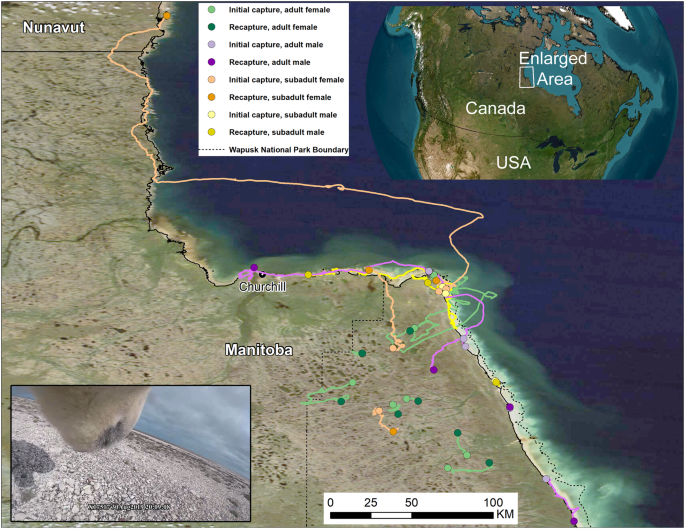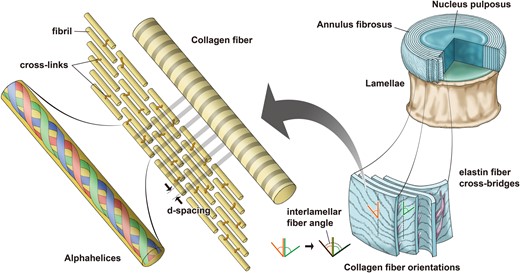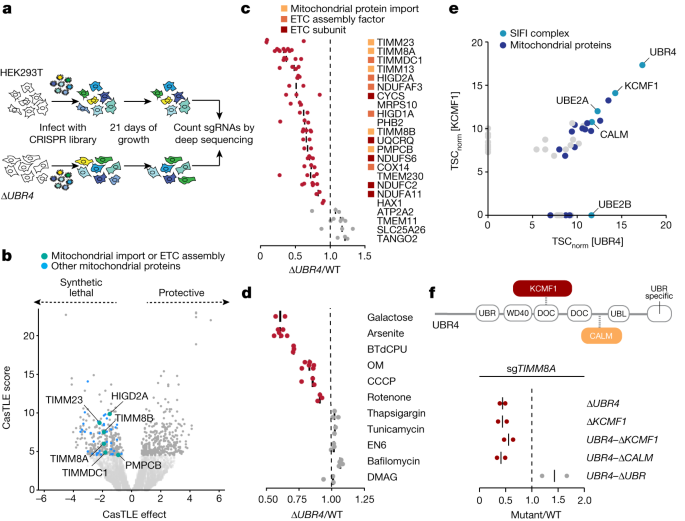2024-02-13 ワシントン州立大学(WSU)
<関連情報>
- https://news.wsu.edu/press-release/2024/02/13/polar-bears-unlikely-to-adapt-to-longer-summers/
- https://www.nature.com/articles/s41467-023-44682-1
ホッキョクグマの陸上におけるエネルギーおよび行動戦略と無氷期を生き延びるための示唆 Polar bear energetic and behavioral strategies on land with implications for surviving the ice-free period
Anthony M. Pagano,Karyn D. Rode,Nicholas J. Lunn,David McGeachy,Stephen N. Atkinson,Sean D. Farley,Joy A. Erlenbach & Charles T. Robbins
Nature Communications Published:13 February 2024
DOI:https://doi.org/10.1038/s41467-023-44682-1

Abstract
Declining Arctic sea ice is increasing polar bear land use. Polar bears on land are thought to minimize activity to conserve energy. Here, we measure the daily energy expenditure (DEE), diet, behavior, movement, and body composition changes of 20 different polar bears on land over 19–23 days from August to September (2019–2022) in Manitoba, Canada. Polar bears on land exhibited a 5.2-fold range in DEE and 19-fold range in activity, from hibernation-like DEEs to levels approaching active bears on the sea ice, including three individuals that made energetically demanding swims totaling 54–175 km. Bears consumed berries, vegetation, birds, bones, antlers, seal, and beluga. Beyond compensating for elevated DEE, there was little benefit from terrestrial foraging toward prolonging the predicted time to starvation, as 19 of 20 bears lost mass (0.4–1.7 kg•day-1). Although polar bears on land exhibit remarkable behavioral plasticity, our findings reinforce the risk of starvation, particularly in subadults, with forecasted increases in the onshore period.


